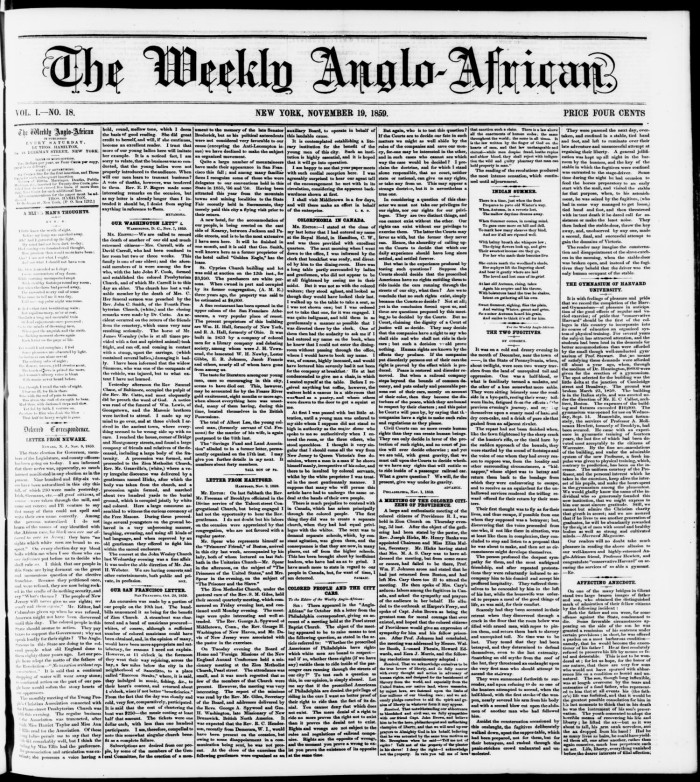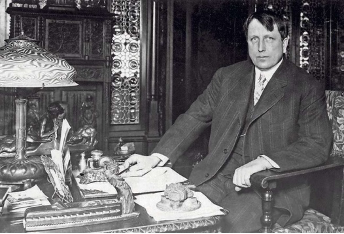The Life of Mary Ann Shadd
- Mary Ann Shadd
Who was Mary Ann Shadd?
 Mary Ann Shadd was an African American activist, writer, teacher, and lawyer who was born on October 9th, 1823, in Delaware when it was a slave state. At the age of 10, Shadd and her family moved to the free state of Pennsylvania so that she and her siblings could get an education.
Mary Ann Shadd was an African American activist, writer, teacher, and lawyer who was born on October 9th, 1823, in Delaware when it was a slave state. At the age of 10, Shadd and her family moved to the free state of Pennsylvania so that she and her siblings could get an education.
Her parents were free African Americans who were dedicated to abolitionism, her father worked for an abolitionist newspaper called The Liberator and actively helped freedom seekers.
This introduced Shadd to abolitionism at an early age and led her into a life of activism. Their contribution to helping freedom seekers in the Underground Railroad began to take a downward spiral once Congress passed the Fugitive Slave Act in 1850. This law led Shadd to move to Ontario, Canada to join other African Americans who had also left the US.
Contributions

During her time living in Canada, Shadd was able to open a school for children of all races. Additionally, she became the first Black newspaper editor after she started her own newspaper, The Provincial Freeman, Canada's first antislavery newspaper.
The paper was aimed towards promoting the importance of freedom and encouraging others to begin to move up north as well. Each week Shadd published a new article for African Americans and slaves who had escaped.
Although she was the founder and the writer of the paper, her name could not be printed on it due to the gender rules and racism increasing during this time. Not only did she play a crucial role in making sure that Black people would have a voice and advocating for women’s rights.
But during the Civil war, she moved back to the United States and became a recruiting agent encouraging African Americans to join the fight between the confederacy and against slavery. to encourage African Americans to move up north for freedom, she also started a racially integrated school for Black refugees.
Accomplishments
Soon after the war ended, Shadd moved to Washington DC where she was able to teach in a public school. In addition, she became the first black woman to enroll at Howard University. She graduated in 1870 becoming the first Black woman to receive a law degree in the United States.
She soon joined the women’s suffrage movement with Frederick Douglass and Susan B. Anthony by testifying before congress and attempting to vote, and she wouldn’t stop here.
Shadd was a member of the National Women’s Suffrage Association, and in the early 1870s of January, out of 600 citizens, she was one who signed a petition presented to the House Judiciary Committee, claiming a woman’s legal right to vote. In the late 1880’s Shadd founded the Colored Women’s Progressive Franchise Association, however, this did not last for long.
Although her Association was not as successful as she wanted it to be, she continued to use her law degree to help her family, friends, and others of the Black community with legal issues, and equal rights for Black men and women until her death June 1893.
























